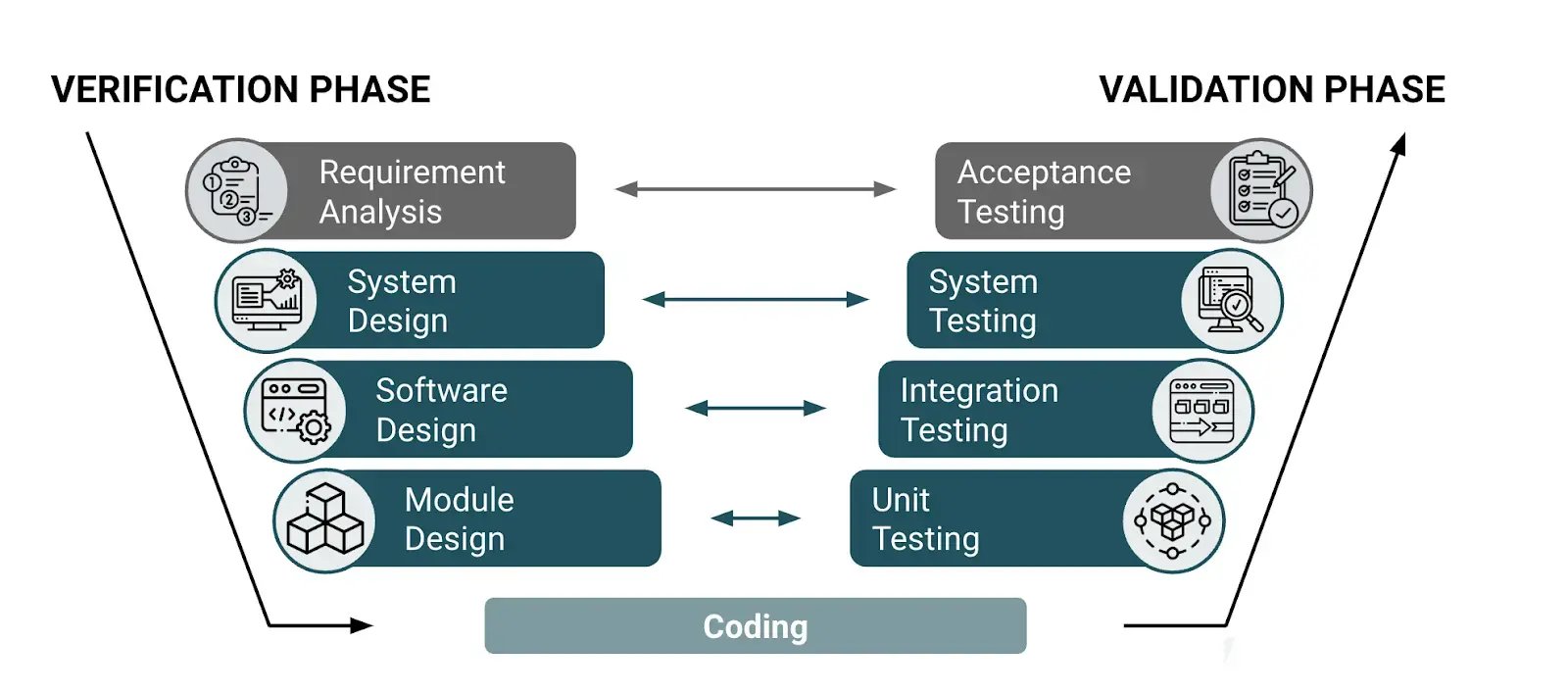The market of embedded computing has been growing constantly, and this trend is expected to continue in the near future. Notably, embedded systems are key components for the Internet of Things (IoT) and for Cyber Physical Systems (CPSs). In the embedded software industry, secure software development is critical. This is especially true because embedded software often involves vital industries, such as medical devices or automotive solutions.
When we’re talking about medical emergencies or transport, software failures can literally become a matter of life and death. Additionally, the growing complexity of embedded software can come with security costs if you don’t apply the right testing procedures. Software development models, such as the V-Model, play a crucial role in ensuring software quality and security.
This blog will explain how fuzz testing can optimize testing efficiency within the V-model methodology. It will dive into the principles of fuzz testing and its impact at different stages of the V-model testing process.
Contents
- What is V-model testing?
- V-model testing and embedded software: the testing stages
- How does fuzz testing help in each testing stage?
- Discover Code Intelligence and Fuzz Testing
What is V-model testing?
The V-model, sometimes also referred to as the verification and validation model, is a development process that pairs each developmental stage to a corresponding testing phase. It provides developers with a systematic and visual representation of the software development process. The two legs of the V represent the progression of the process, starting with the requirement gathering, followed by design, implementation, testing, and maintenance. The V-model combines a sequential and structured approach, clear traceability, and a strong emphasis on verification and validation.

V-model testing has several practical benefits:
- The model ensures that testing happens alongside development. This parallel structure allows you to identify issues early in the development process, greatly reducing the risk of errors in the implementation phase.
- The V-Model promotes cooperation between the testing and development teams. This collaboration allows you to better understand project requirements, design choices, and testing methodologies, which improves the overall effectiveness and efficiency of the development process.
- Because the V-model incorporates testing operations at every level of the development process, quality insurance is improved.
Would you like to find out more about V-model testing? Be sure to read our detailed guide ‘The V-model and its role in testing embedded software.’
V-model testing and embedded software: the testing stages
In the world of embedded software development, rigorous testing is an absolute must. Proper and thorough testing methods ensure maximum functionality and security. Fuzz testing is an incredibly useful ally if you want to expose vulnerabilities that traditional testing methods may miss. Different testing stages, from unit testing to system-to-system testing, give you the opportunity to identify potential issues at various stages of the development process. Time to look at the various testing stages and the major differences between them.
Unit testing stage
A software application consists of different elements and components. During the unit testing stage, you test each component in isolation. The main goal? Ensuring that each small piece of code works as anticipated and catching bugs in the early phases of the development process. This allows you to resolve issues well before other components of the application or software system are affected.
Integration testing stage
A software system is more than just the sum of its parts. The different units of the application have to be able to cooperate seamlessly, working towards a mutual goal and guaranteeing excellent functionality. In the integration testing stage, you combine the individual units and make sure that all the different modules or components work together correctly, allowing you to spot and solve possible integration issues in a timely fashion.
System testing stage
System testing goes one step further and focuses on testing the embedded system as a whole. In this stage, you verify that the complete software package meets the specified requirements. You can establish if all the components of the solution function properly and to their full potential in a real-world environment.
Acceptance testing stage
The acceptance testing stage is the final leg of the V-model testing journey. It verifies if the system fits the end-user’s needs, wishes and business requirements. Acceptance testing is the stage before the actual release and ensures that the software is fit and ready for release into a real-world working environment.
How does fuzz testing help doing testing?
But what role does fuzz testing play in these different testing stages? Although fuzzing can’t help you in the acceptance testing phase, the method can definitely be of great value in the other three stages of V-model testing to find bugs and vulnerabilities.
Unit Testing: Fuzzing at this stage focuses on individual modules, allowing you to uncover bugs and vulnerabilities early. Catching issues at this point is faster and cheaper to address.
Integration and System Testing: Fuzzing in these stages helps identify bugs that can be triggered externally in a complete system. This is crucial for finding vulnerabilities that hackers could exploit.
For embedded systems, fuzz testing requires mocking hardware dependencies to test your code in a Software-in-the-Loop (SiL) setup. Mocking replaces the behavior of real hardware with simulated objects, making testing easier. Instead of static return values, fuzz testing can generate dynamic, random inputs to simulate a wide range of scenarios. This approach allows you to test both expected and unexpected inputs, such as values provided out of order or no input at all.
To support mock testing in automotive applications, Code Intelligence has developed an AUTOSAR simulator. This tool enables you to detect bugs and vulnerabilities earlier in the development cycle, without relying on physical hardware.
.webp?width=450&height=373&name=White%20paper%20-%20Best%20practices%20for%20embedded%20software%20security%20testing%20(mockup%20new).webp) Do you want to learn more about testing embedded systems? Then, be sure to download the Embedded Software Security Testing Guide to learn more about the top 7 challenges of embedded testing, how to overcome them, and discover the best practices that will help you find the right testing methodology for your needs.
Do you want to learn more about testing embedded systems? Then, be sure to download the Embedded Software Security Testing Guide to learn more about the top 7 challenges of embedded testing, how to overcome them, and discover the best practices that will help you find the right testing methodology for your needs.
Do you want to learn more about testing embedded systems? Then be sure to download the Embedded Software Security Testing Guide to learn more about the top 7 challenges of embedded testing, how to overcome them, and discover the best practices that will help you find the right testing methodology for your needs.
Discover Code Intelligence and Fuzz Testing
Would you like to discover the power and benefits of fuzz testing and team up with a partner who can provide you with all the necessary expertise and experience? Book a demo to discuss how your testing strategy can benefit from fuzzing.

